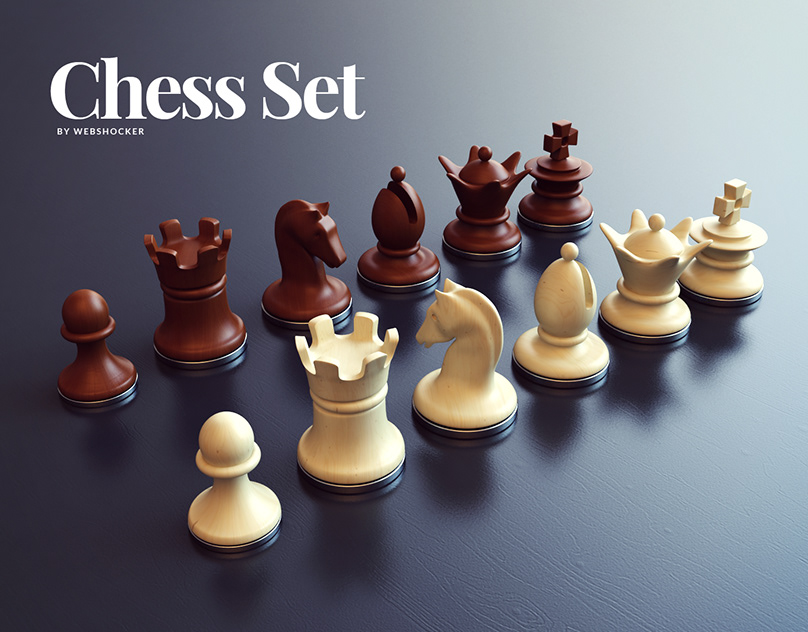CHESS DATA Visualization
Exploring 20,000+ Lichess games through interactive visualizations and insightful analysis
About The Project
Our project presents chess through a visual and interactive lens, making game analysis and trend exploration accessible to all—curious minds, beginners, and experienced players alike.
Our Motivation
At first glance, chess appears to be a simple 64-square board with 32 pieces. However, beneath this simplicity lies immense strategic depth. Driven by our passion for the game, we aim to highlight key patterns and strategies through data-driven visualizations and simulations.
Target Audience
- Chess enthusiasts of all levels
- Beginners looking for an interactive learning experience
- Experienced players seeking data-driven insights
- Anyone interested in the intersection of chess and data visualization

Fun Facts
The Queen's Power Evolution
The Queen was originally the weakest piece on the board, only able to move one square diagonally. The transformation to the most powerful piece happened during the late 15th century in Europe, earning the name "Queen's Chess" or "Mad Queen Chess."
Infinite Possibilities
The number of possible unique chess games is greater than the number of atoms in the observable universe. After just 4 moves by each player, there are over 318 billion possible positions!
The Longest Game Ever
The longest chess game in history lasted 269 moves and took over 20 hours to complete. It was played between Ivan Nikolic and Goran Arsovic in 1989, ending in a draw.
Folding Space and Time
If you folded a piece of paper in half 64 times (the number of squares on a chessboard), it would be thick enough to reach the sun. This demonstrates the exponential nature of chess complexity.
Computer vs Human
Deep Blue became the first computer to defeat a world chess champion in 1997, beating Garry Kasparov. Today's chess engines are so powerful they could defeat any human player while running on a smartphone.
The Pawn's Journey
A pawn can theoretically be promoted to any piece except a king, meaning you could have up to 9 queens on the board at once. The most queens ever recorded in a single game is 6.